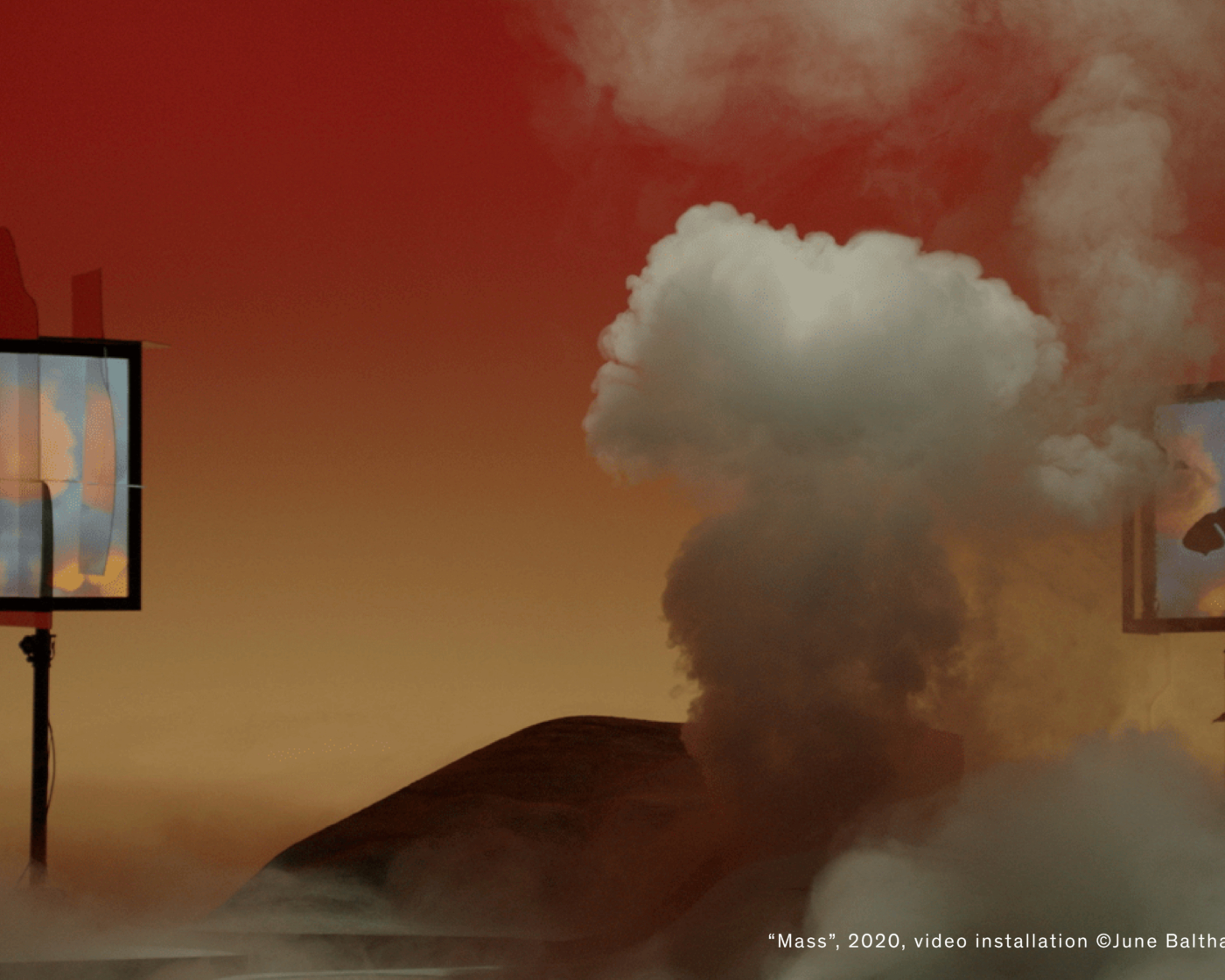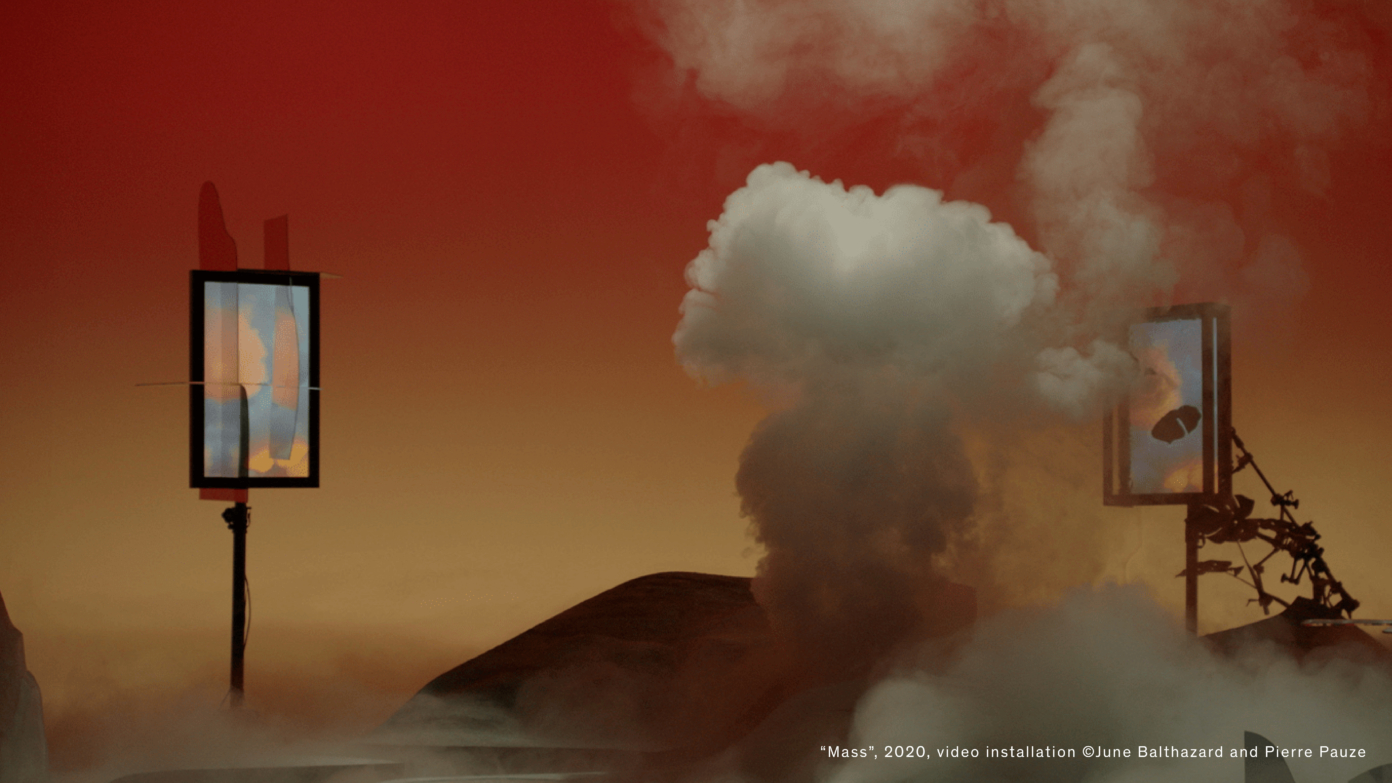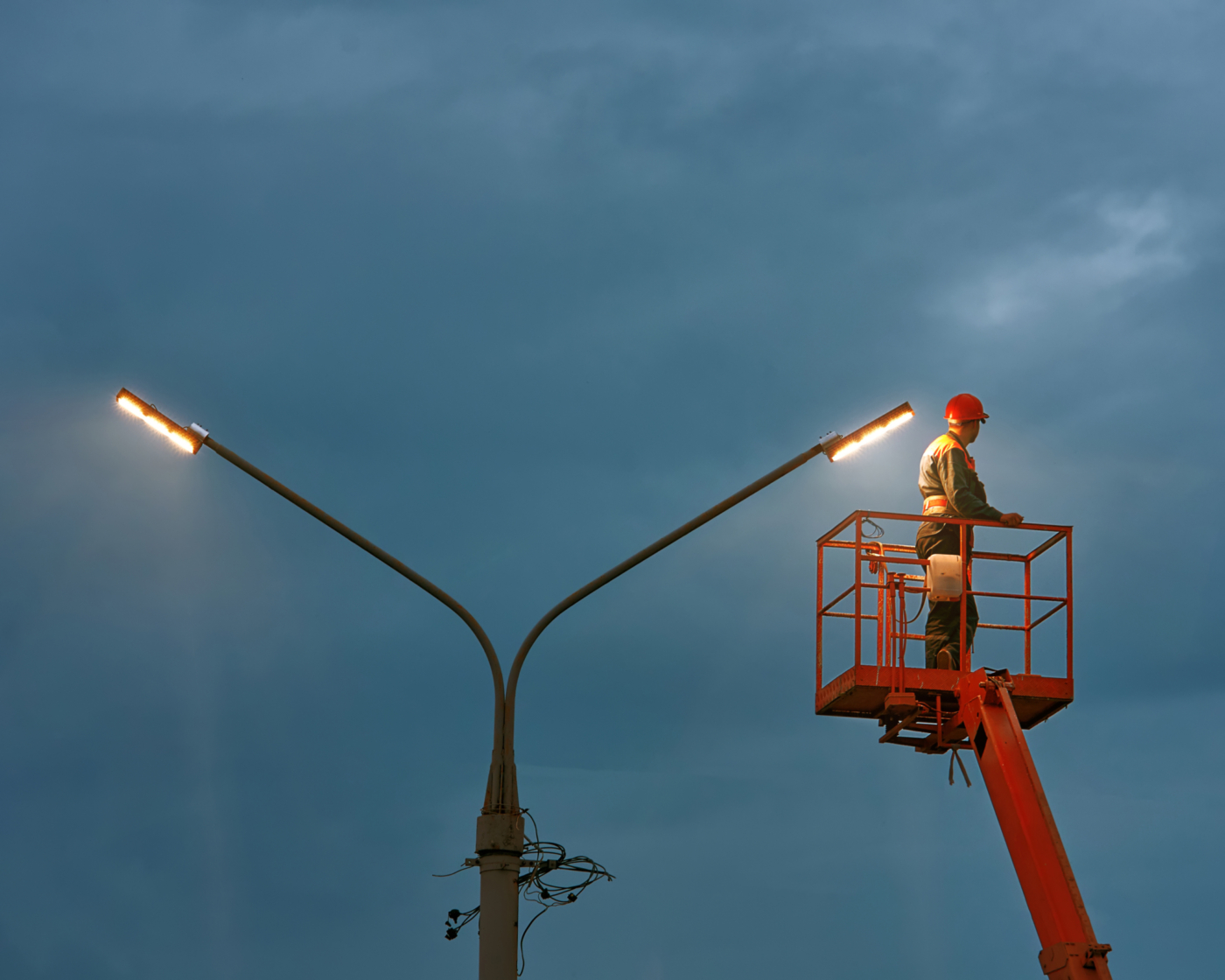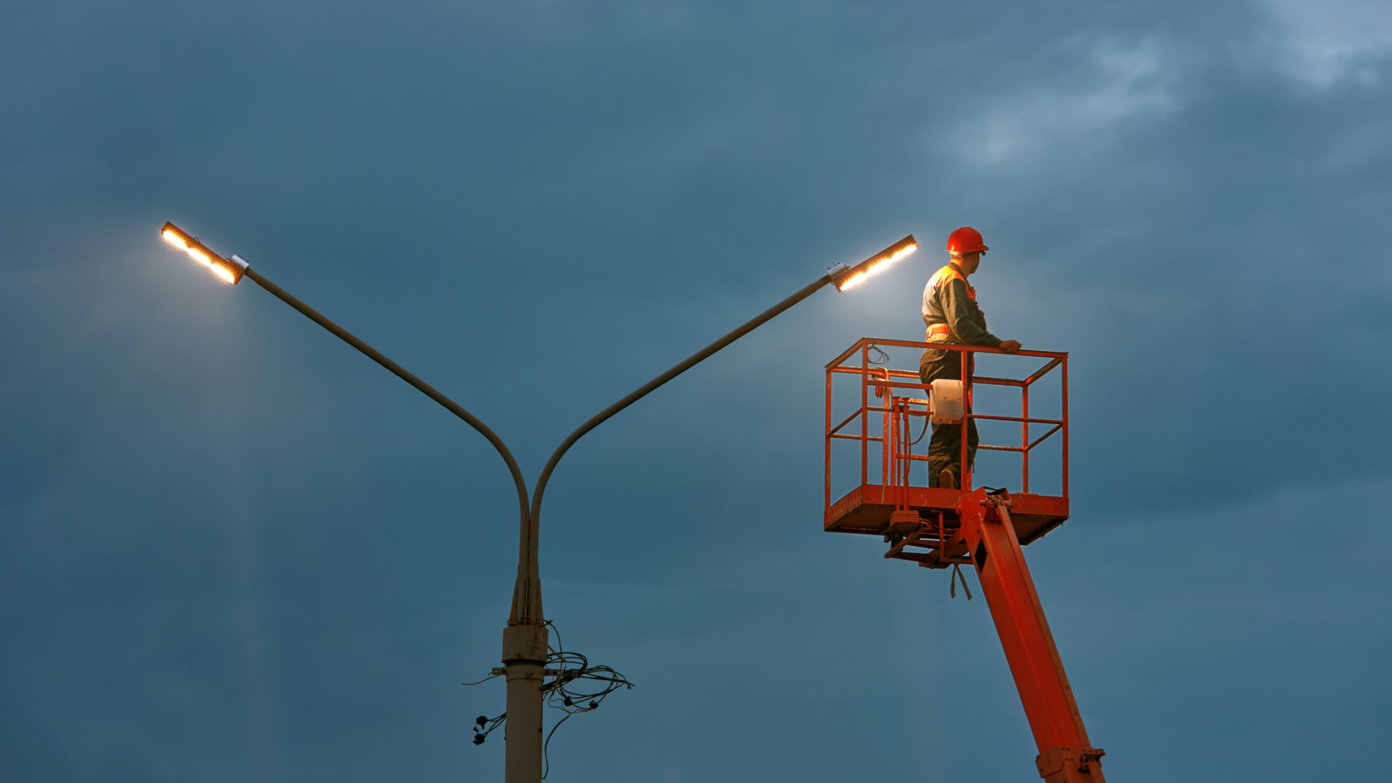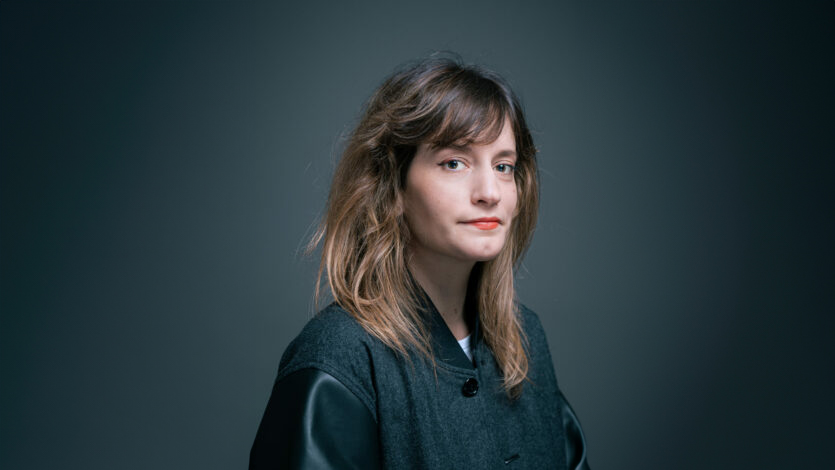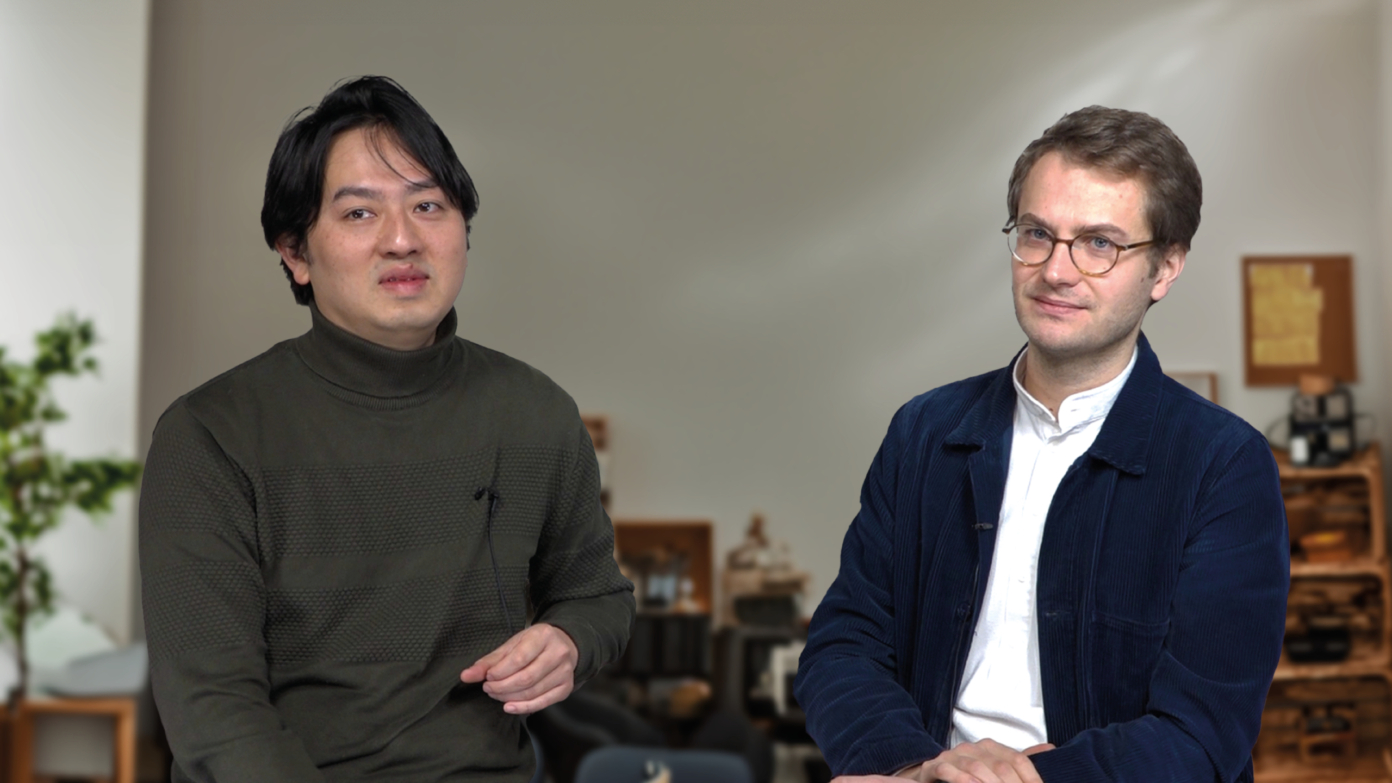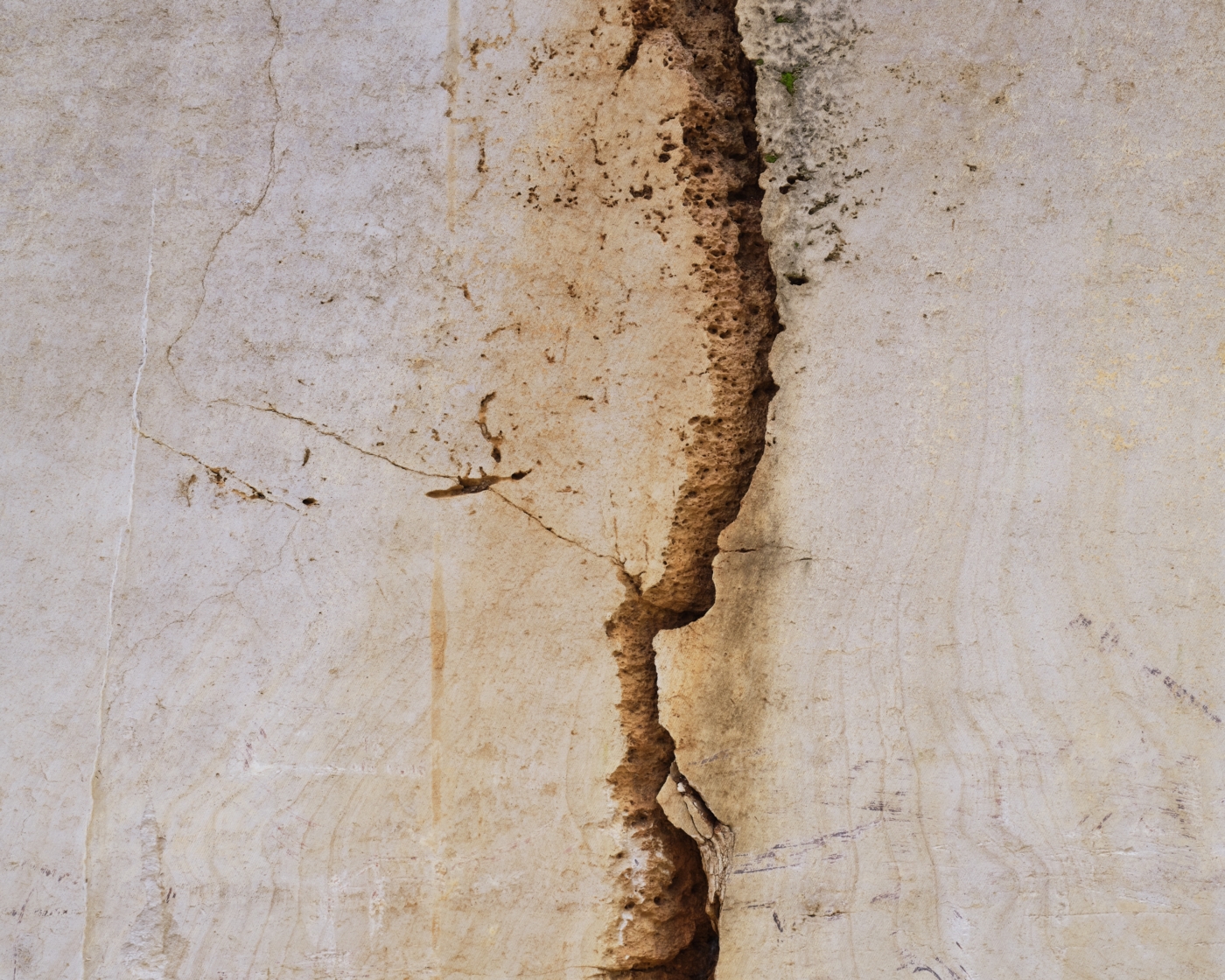Typological Metabolism of Urban Transitions
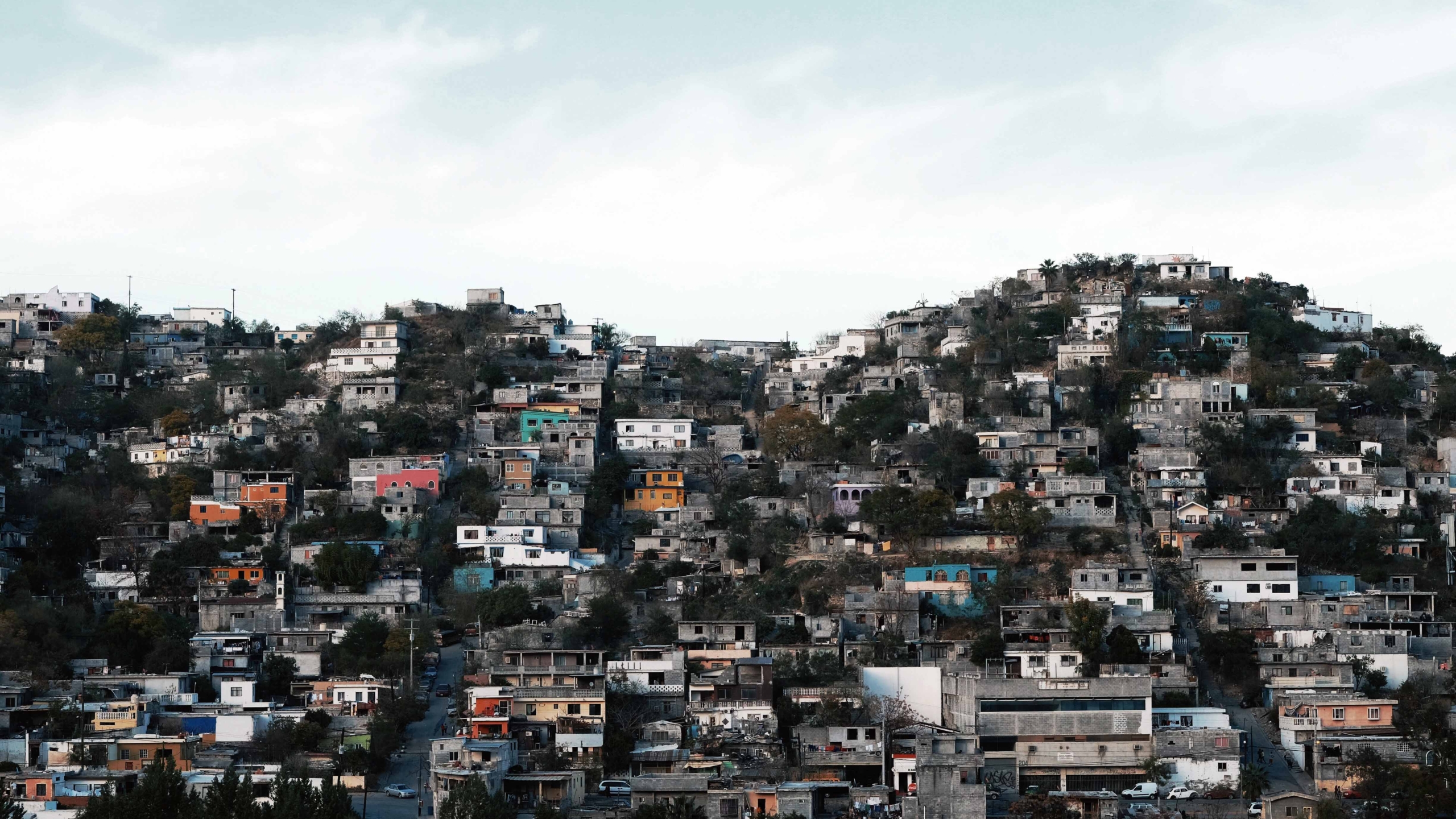
- Publish On 15 February 2017
- John E. Fernández
To understand the mutations of global urbanization, one must take into account the local singularities of every urban situation. A new categorization of cities is more necessary than ever, and technology, including digital technology, is proving to be an essential tool. In this context, Professor John E. Fernández presents the work of MIT’s Urban Metabolism Group, whose complex studies use big data in order to draft a set of urban types categorized according to their metabolism. Resource use and waste production are just some of the metrics they employ in the design of carefully-targeted and efficient sustainability strategies.
John E. Fernández is an urban planner and architect. He teaches in the architecture department’s Building Technology Program at MIT.
The text of cities has so often held a certain unique poignancy; a mix of personal and collective sentiment and the sweet reach for an urban romance. This sentiment is only heightened by the fear embedded in urban chaos and system unpredictability: the uncontrolled oscillation of complex behavior set in motion by the collective desires and actions of millions of souls. Even sober and deeply accomplished academic writing on the subject of cities, and especially on the future of our urban world (see Glaeser 2011, for example) is a blend of dark and luminescent neo-promotional prose that harkens back to the quaintly optimistic literature about the early days of the industrial revolution.
Notice different urban metabolisms
This kind of writing, while so dear to my own heart, has the tendency to maroon us on particularly beautiful intellectual islands from which it is difficult to navigate. Envisioning new technical-social arrangements sometimes clashes with visions that spring ready-made from our sentimental mind’s eye. For some time now we have been offered up a seemingly endless series of positivist images of the urban future, whether we find their origins from large international architecture and engineering consulting firms or from the fevered speculation of tenure track professors picking up the sci-fi wave of high-tech green as new paradigm, or alibi. The overwhelming tone of these images is their generic quality, their strong similarity to one another whether it be future Singapore or New York City, Hamburg, Masdar, or numerous eco-cities proposed and labeled around the world. A picture is worth a thousand words, but the imagery of green cities is the same generic thousand-word message over and over again.
Consider that today one would not think of sustainable, resource-efficient buildings in a generic sense. Anyone associated with efforts to move toward net zero energy and serious materials reuse and recycling understands the significant differences between buildings that accommodate vastly different types of human activities. In fact, today we know that it is extremely important to distinguish between the many types of buildings and their accompanying energy and material requirements; laboratories, hospitals, retail malls, warehouses, car garages, and the like, when considering design, technology and other strategies for a sustainable built environment.
So, when we speak of “cities” generically, are we speaking with any authority, or does this discourse reflect an immaturity and naïveté born of an arrogance of assumed yet critically incomplete understanding?
Trajectories of cities’ evolution
There is another important aspect of the typology; the notion of types as states. In other words, the types that have been proposed here should be seen as static snapshots along a dynamic continuum; representatives of a set of particular situations along a temporal path. These paths may be populated by any number of the types that have been found in our study leading to the possibility that, with further study, one could delineate the transformation, or evolution of one state into another.
For example, a transformation that is so commonly cited that by now it has achieved fetish status for the sustainable future cognoscenti is the urban transformation from dirty, sooty, industrial to clean, healthy, and service-driven. The popular press and the design world is now saturated with the rhetoric and sexy imagery of the coming new age of urban heaven populated by well-adjusted, well-educated, environmentally conscious adults whose children are all above average. Unfortunately, this world is real for a paper-thin slice of the world’s population. For many urban residents the city will continue to be dirty, sooty, and if not directly industrial, far from a post-industrial reality.
However, transformations do occur. Just as national economies evolve, develop, and transform, the cities contained within them also change, adjust, and transform in a variety of ways. The typology described above suggests numerous pathways, intended and unintended, expected and unexpected. As stated before, more work is required to tease out actual historic pathways and reliably forecast that which will define our urban future (Ferrão and Fernández 2014). This work is important.
Recall again the fact that the vast majority of the global increase in urban population in the coming decades will occur in the developing world and that this increase will proceed at an unprecedented rate. There is no question that the intensity of this urbanization means that a great many new urban residents will continue to live in poverty, and therefore, well below per capita consumption levels to be found in many cities of the developed north. However, cities create wealth. Despite their poverty, these residents will still be wealthier, and therefore possess greater potential to consume, than their agricultural brothers and sisters. This is the reason people go to the city and send money to their families in the countryside. They earn more, consume more, and contribute to resource consumption at greater rates.
Returning to the typology, it is clear that we are entering a period in which an enormous transformation is taking place, not toward greater global sustainability but toward greater resource consumption; that is toward less, or a less likely sustainable future. Urbanization will not act to reduce consumption but it will be one of the major forces driving it upwards. The vast increases in population to the cities of the lower tier (the upper row in Figure 3) will push material, energy, and water demands skyward while emitting carbon into the atmosphere toward the dreaded 500 parts per million by 2100, or sooner.
Furthermore, contrary to the great bulk of published and spoken wisdom on this subject this is as it should be. Urban populations need to consume more if we are to create a humane urban future. The cities of the lower tier are not a future we should aspire to. The world should become less sustainable before it directs itself toward the difficult task of global sustainability.
So designers let go of your sentimental versions of green and embrace the numbers that show we are headed toward a sobering and complicated urban future. Doing the right thing will require, for the foreseeable future, an increase in the resource intensity of the world’s urban population. Of course, you could conclude the opposite and believe that the only right thing to do is to advocate for resource efficiency in light of the serious global consequences ahead. However, this author strongly believes that, were you to do so, you would still be faced with the inexorable tidal wave of desire that will drive billions of new urban residents to acquire air conditioning, discover modern appliances, and eat more and more meat, and generally consume as much as they can afford.
(This article was published in Stream 03 in 2014.)

